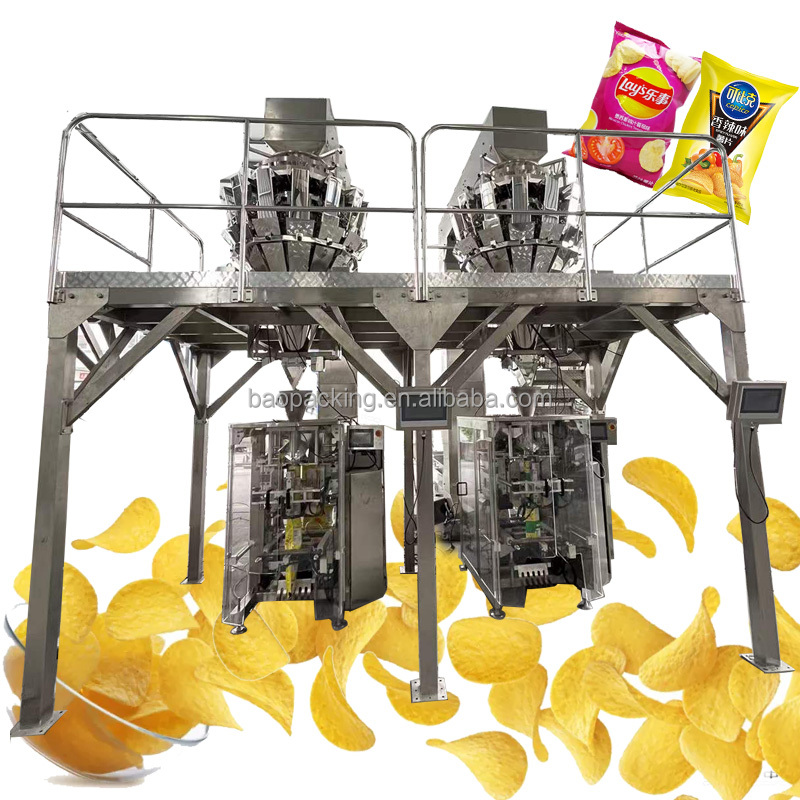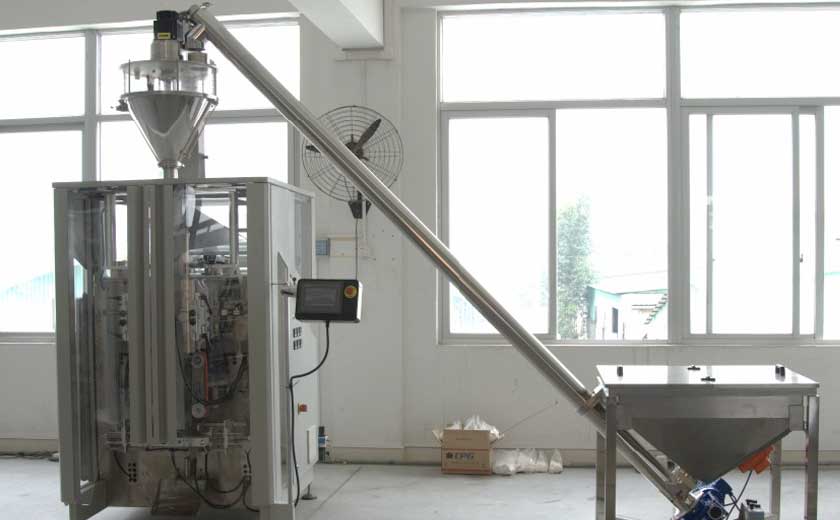Weighing and Filling Machines: Enhancing Efficiency in Production Lines
The Role of Weighing and Filling Machines in Optimizing Manufacturing Processes
In the realm of manufacturing, precision is paramount. Imagine a scenario where products are inconsistent in weight or volume: chaos ensues, quality suffers, and costs escalate. This is where weighing and filling machines step in as silent heroes.
These sophisticated machines are designed to automate the process of accurately measuring and dispensing products. By doing so, they not only streamline operations but also uphold quality standards with unwavering precision.
The Benefits of Using Weighing and Filling Machines
One of the primary advantages of employing weighing and filling machines is the elimination of human error. Even the most experienced operators can’t match the consistency and speed of these machines. This results in higher throughput and lower reject rates—all while maintaining the desired product specifications.
Additionally, weighing and filling machines improve efficiency by reducing downtime associated with manual filling methods. When time is money, every second counts. With automated systems in place, manufacturers can significantly boost their productivity levels.
Types of Weighing and Filling Machines
There are various types of weighing and filling machines tailored to different industries and product requirements. From multi-head weighers used in the food industry to liquid filling machines in pharmaceuticals, these machines come in diverse forms to cater to a wide array of needs.
Multi-head weighers are ideal for packaging applications where speed and accuracy are crucial. These machines can weigh multiple products simultaneously and distribute them into individual containers, ensuring uniformity across the board.
Enhancing Production Lines with Weighing and Filling Machines
Integrating weighing and filling machines into production lines is akin to adding a turbocharger to an engine. The entire process accelerates with precision and reliability, leading to cost savings, improved product quality, and customer satisfaction.
Moreover, by automating repetitive tasks, manufacturers can free up skilled labor to focus on more value-added activities, such as quality control or process optimization. This not only enhances the work environment but also contributes to overall operational excellence.
Future Trends and Innovations
The landscape of weighing and filling machines is ever-evolving. With advancements in sensor technology, artificial intelligence, and machine learning, these machines are becoming smarter and more adaptive. From predictive maintenance features to real-time data analytics, the future holds endless possibilities for further enhancing manufacturing processes.
As we move towards a digital age where precision and efficiency reign supreme, weighing and filling machines will continue to play a pivotal role in shaping the future of manufacturing. Embracing these technologies today ensures a competitive edge tomorrow.
-
Overview of Packaging Machine Buying Guides
08-01-2024 -
How Does a Vertical Form Fill Seal Machine Work?
30-10-2023 -
Advancements in Auger Powder Filling Technology
27-10-2023 -
A Deep Dive into Automatic Packaging Machines
26-10-2023 -
The Revolutionary Fully Automatic Potato Chips Packaging Machine
20-09-2023 -
How to choose the right packaging machine?
23-08-2023 -
Reducing Waste And Maximizing Yield With Multihead Weigher Machines
15-03-2023 -
Nuts Packaging Machine for Dry Products Perservation
26-11-2022 -
Is Automated Biscuit Packaging Machine Better Than Manual Opeartion?
25-11-2022













